Hawaii stands as an enchanting archipelago, offering a kaleidoscope of experiences to every traveler who sets foot on its pristine shores. From the verdant cliffs of the Na Pali Coast to the tranquil waters of Waikiki Beach, the islands beckon with their diverse landscapes, rich cultural heritage, and the warm aloha spirit. This paradise on Earth is more than just a destination; it’s a journey through incredible natural beauty, vibrant traditions, and countless outdoor adventures. Understanding the best time to visit Hawaii is crucial, as the islands’ unique climate and seasonal activities significantly influence the vacation experience. This guide aims to unveil the optimal periods for exploring Hawaii, ensuring your trip aligns with your preferences for weather, crowds, and island festivities.
Deciphering Hawaii’s Weather Patterns
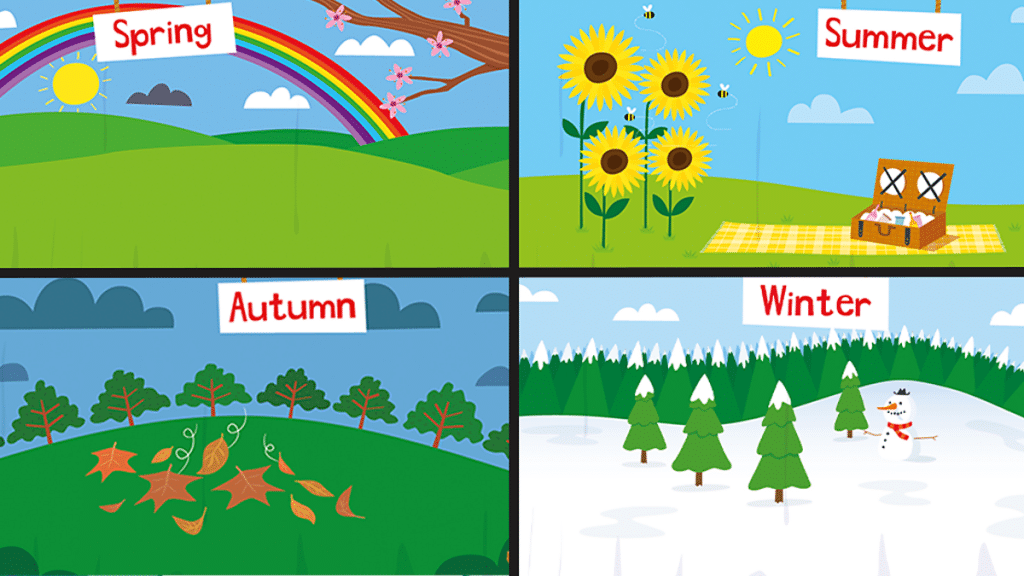
Hawaii’s climate is a tropical wonder, marked by a dance between the dry season (Kau) and the wet season (Ho’oilo). The dry season spans from May to October, offering sunny skies and warm beaches perfect for sunbathing, swimming, and diving. Conversely, the wet season from November to April brings more rain, creating lush landscapes and vibrant waterfalls, though some areas may experience more precipitation than others. This variability makes certain islands and regions more appealing depending on the month of your visit.
Understanding the nuanced weather across the islands is key to a fulfilling Hawaiian getaway. For instance, the leeward sides of the islands typically enjoy drier conditions year-round, making them ideal for beach enthusiasts. In contrast, the windward sides, with their frequent showers, boast some of the most spectacular rainforests and botanical gardens. Choosing your destination based on these weather patterns can dramatically affect your activities and overall enjoyment. Thus, a grasp of Hawaii’s climatic rhythm is essential for planning your ideal trip.
The High Season: Winter and Early Spring
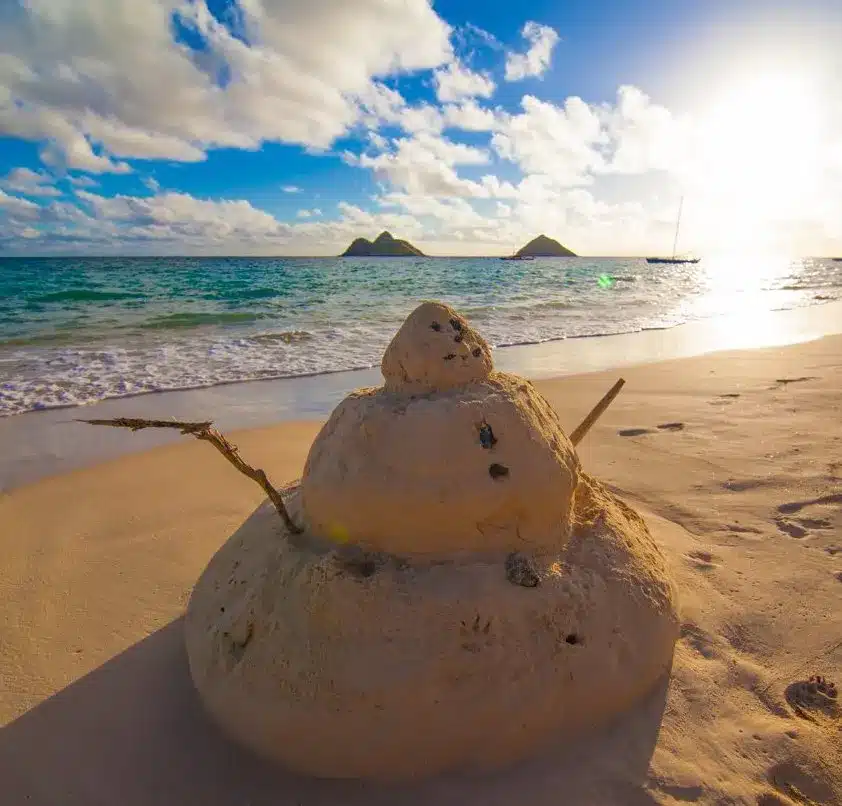
The period from mid-December to April marks Hawaii’s high season, attracting visitors with its relatively cooler weather and the majestic humpback whales migrating to the islands’ warm waters. Beaches and resorts buzz with energy, and the islands’ natural beauty is at its peak, with vibrant floral blooms and green landscapes. This season is perfect for those who don’t mind the bustle and are eager to partake in Hawaii’s rich array of cultural events and outdoor activities.
However, with popularity comes higher prices and more crowded attractions. Accommodation rates soar, and popular spots like Waikiki Beach and the Haleakalā Sunrise can feel overcrowded. To navigate this, consider booking well in advance or exploring less frequented areas that offer a more serene experience. The high season offers unparalleled opportunities for whale watching and experiencing Hawaii’s lively atmosphere, but it requires careful planning to make the most of your visit.
The Low Season: Fall
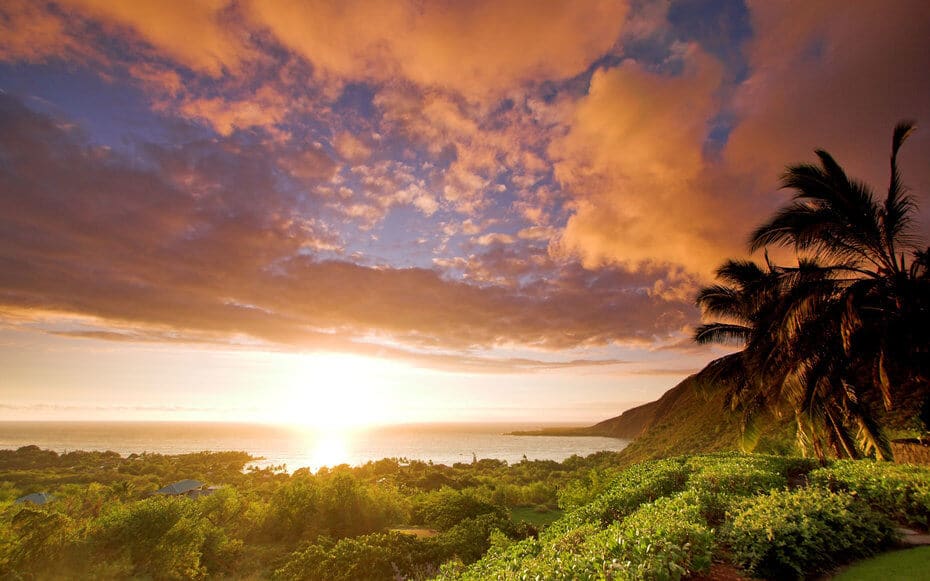
September to mid-December ushers in the low season in Hawaii, characterized by fewer tourists, more affordable prices, and the celebration of Hawaiian heritage through the Aloha Festivals. The weather remains warm and inviting, with the occasional rain shower adding to the islands’ allure. This period allows for a more relaxed exploration of Hawaii’s beaches, hiking trails, and cultural sites without the high-season’s crowds.
The risk of wetter weather does increase, particularly in November, but this often means more dramatic waterfalls and lush landscapes. For those willing to chance a few rain showers, the rewards include more intimate encounters with Hawaii’s natural beauty and culture. Accommodations are more budget-friendly, and it’s easier to secure reservations at top restaurants and tours, making the low season ideal for savvy travelers seeking value and tranquility.
The Shoulder Seasons: May and September
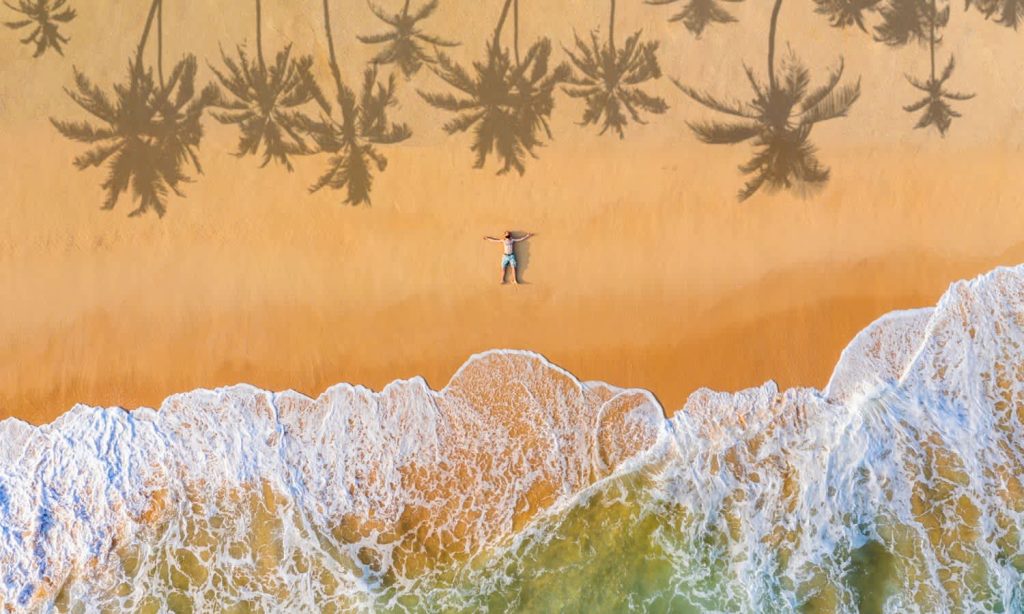
May and September stand out as Hawaii’s shoulder seasons, offering a sweet spot between the high and low seasons. These months combine the best of both worlds: fewer crowds, moderate prices, and generally pleasant weather. The ocean is warm and inviting for swimmers and snorkelers, and the islands’ flora is vibrant, thanks to the transitional weather patterns.
The shoulder seasons are particularly appealing for visitors looking to enjoy Hawaii’s outdoor attractions without the high season’s hustle or the low season’s unpredictability. Whether it’s hiking through the lush trails of Kauai or lounging on Maui’s golden beaches, May and September provide an idyllic backdrop. These months also host unique cultural and agricultural events, offering insights into Hawaii’s local traditions and community life.
Summer in Hawaii: Sun, Surf, and Festivities
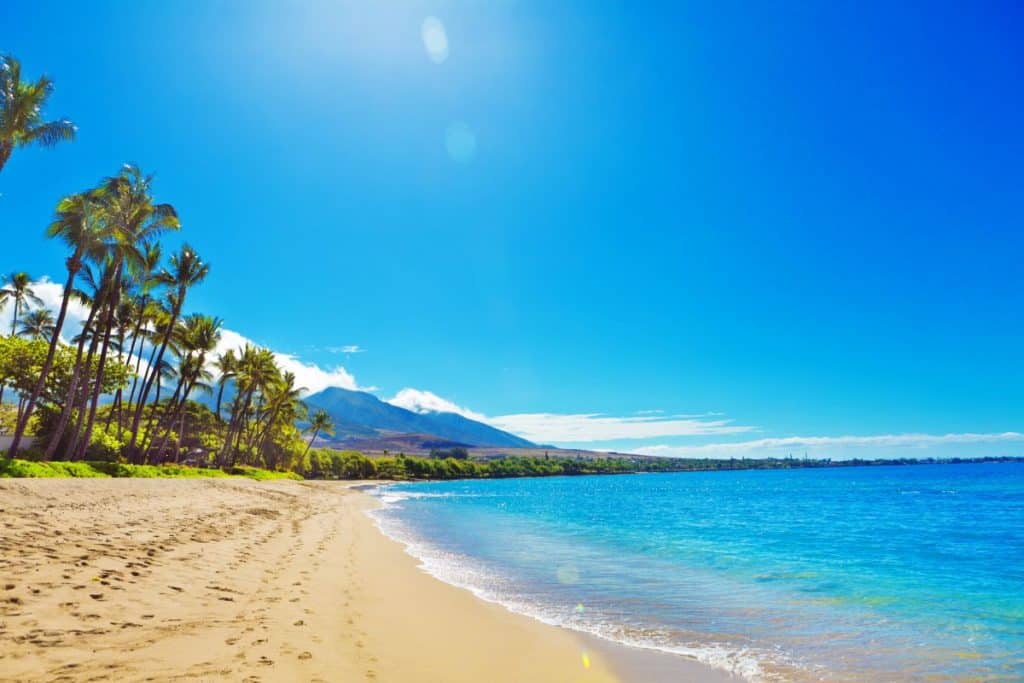
June through August represents summer in Hawaii, a period brimming with sunshine, ideal for beach lovers, surfers, and families enjoying school vacations. The islands radiate with activity, from vibrant cultural festivals to world-class surfing competitions. The warm ocean waters and extended daylight hours create perfect conditions for exploring Hawaii’s abundant marine life and picturesque landscapes.
Yet, summer’s allure also means peak tourism outside the winter holidays, leading to busy beaches and attractions. Accommodation and flight prices can be high, mirroring the demand. To circumvent these challenges, early planning and seeking out lesser-known destinations within the islands can offer more secluded and equally rewarding experiences. Summer in Hawaii is a celebration of sun, sea, and sand, promising unforgettable adventures for those prepared to navigate its popularity.
Exploring the Islands: Which to Visit and When
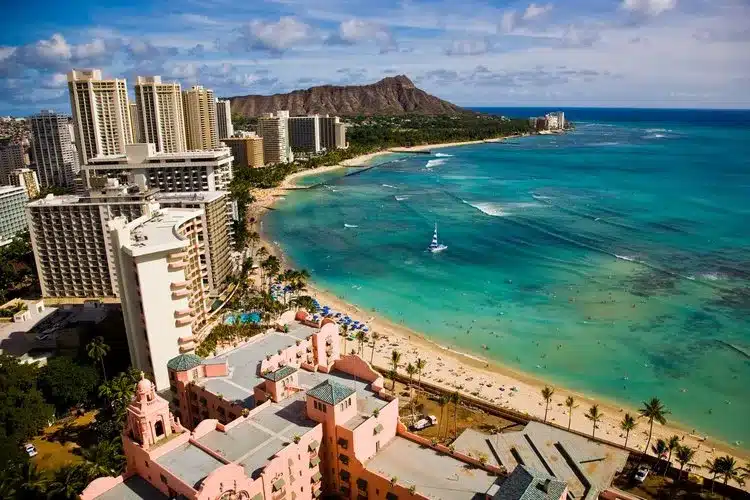
Each Hawaiian island offers a unique tapestry of experiences, making the decision of where and when to visit pivotal to crafting your perfect vacation. Oahu, with its iconic Waikiki Beach and historic Pearl Harbor, is a year-round destination, though it’s particularly lively during the summer and winter months. Maui, celebrated for its scenic Road to Hana and majestic Haleakalā National Park, offers a more tranquil experience in the shoulder seasons, with optimal conditions for hiking and snorkeling.
Choosing the right time to explore Kauai, the Garden Isle, depends on your preference for outdoor adventures. The island’s unparalleled beauty, from the cliffs of the Na Pali Coast to Waimea Canyon, is most accessible during the dry season, making summer and early fall ideal for hiking and water activities. The Big Island’s diverse climates, from the snow-capped Mauna Kea to the volcanic landscapes of Hawaii Volcanoes National Park, suggest that there’s no bad time to visit, though vog (volcanic smog) levels are something to consider, particularly for those with respiratory issues.
Cultural Events and Festivals
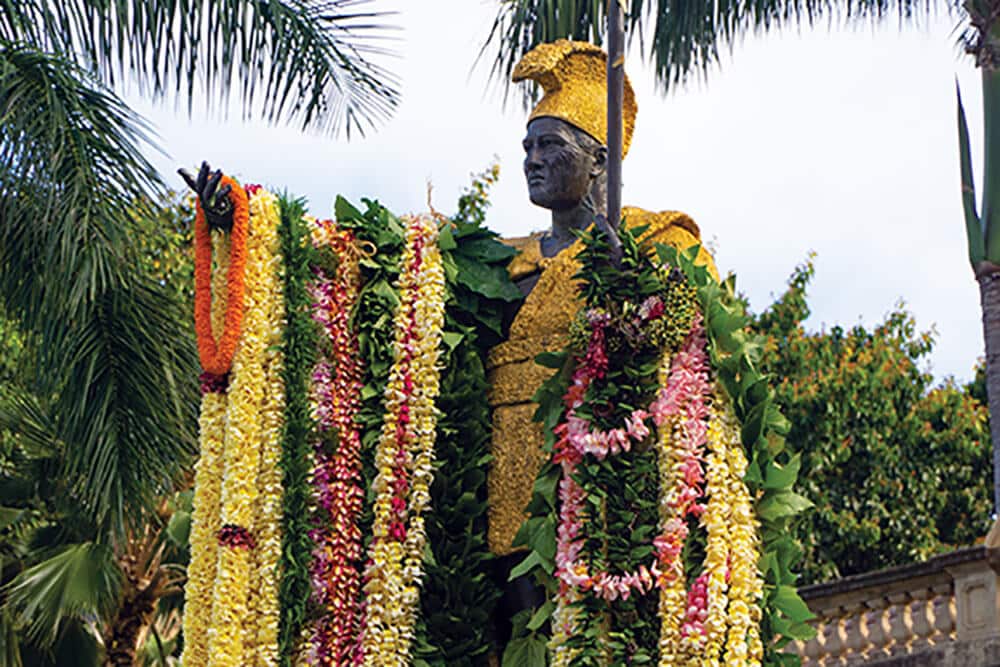
Hawaii’s cultural calendar is a vibrant procession of festivals and events that celebrate the islands’ rich heritage and diverse communities. The Merrie Monarch Festival, held annually in Hilo on the Big Island in spring, is a world-renowned hula competition that draws visitors and participants from across the globe. Meanwhile, the Aloha Festivals across the islands in September embrace Hawaiian music, dance, and history, offering a deep dive into the local culture.
Planning your trip around these cultural landmarks not only enriches your Hawaiian experience but also brings you closer to the heart and soul of the islands. The King Kamehameha Day in June features parades and celebrations honoring Hawaii’s first king, while the Lei Day on May 1st showcases the artistry and significance of the Hawaiian lei. These events are opportunities to witness Hawaii’s traditions firsthand, making your visit all the more memorable.
Outdoor Adventures: Hiking and Water Sports
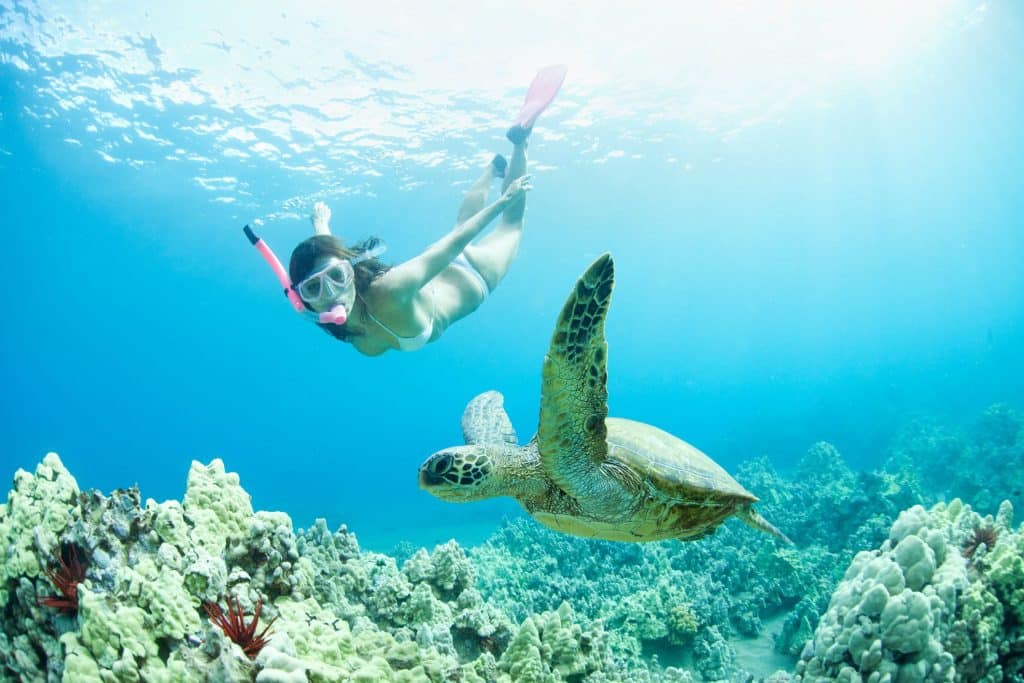
For the adventurous spirit, Hawaii’s landscape is a playground waiting to be explored, with each season offering its unique conditions for outdoor pursuits. The dry season, particularly from May to October, presents the ideal time for hiking Hawaii’s vast network of trails, where paths lead through emerald valleys, past cascading waterfalls, and atop stunning volcanic craters. Water sports enthusiasts will find the summer months perfect for surfing, especially on the south shores of the islands, where the swell brings waves suitable for all levels.
Conversely, the wet season opens up a different kind of adventure. While rain might deter beachgoers, it enhances the beauty of the islands’ waterfalls and rainforests, making it a great time for eco-tours and scenic drives. Snorkeling and diving conditions remain excellent in Hawaii’s protected bays and lagoons, with winter months offering the chance to see migrating humpback whales. Whether you’re paddling out into the surf or trekking through lush landscapes, Hawaii offers a year-round outdoor adventure.
Discover the Best Time for Your Hawaii Escape
Deciding when to visit Hawaii hinges on aligning your interests with the islands’ seasonal offerings. Whether you’re drawn by the allure of sun-soaked beaches, vibrant cultural festivities, or serene landscapes adorned with waterfalls, every season has its unique charm. Hawaii invites you to immerse yourself in its beauty and spirit at any time of the year. So, why wait? Start planning your Hawaiian adventure now, and prepare to uncover the wonders that await you in this paradise.
